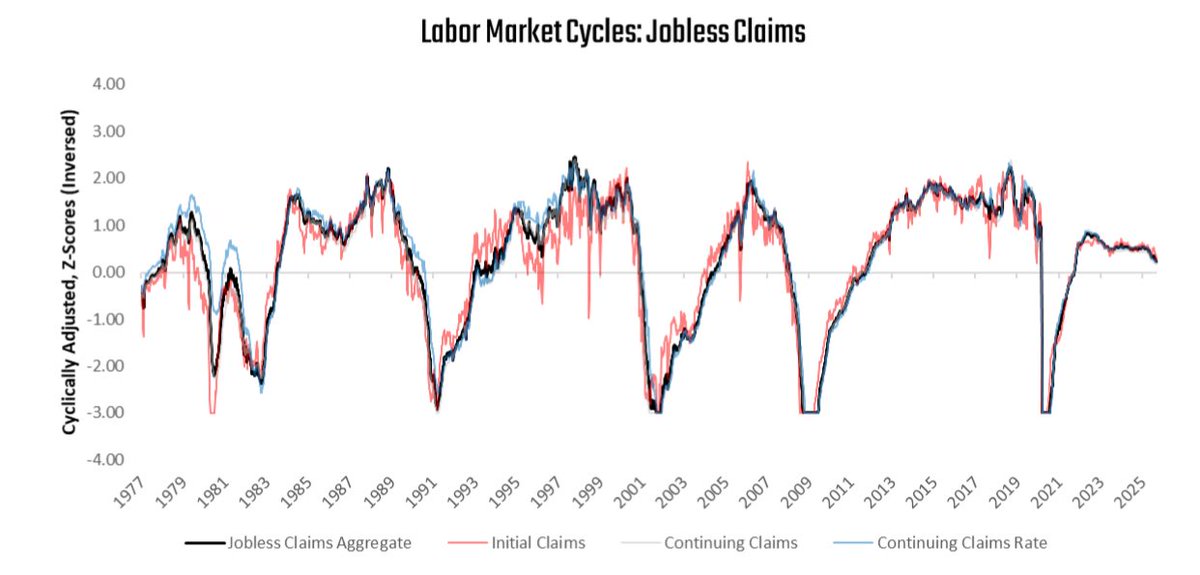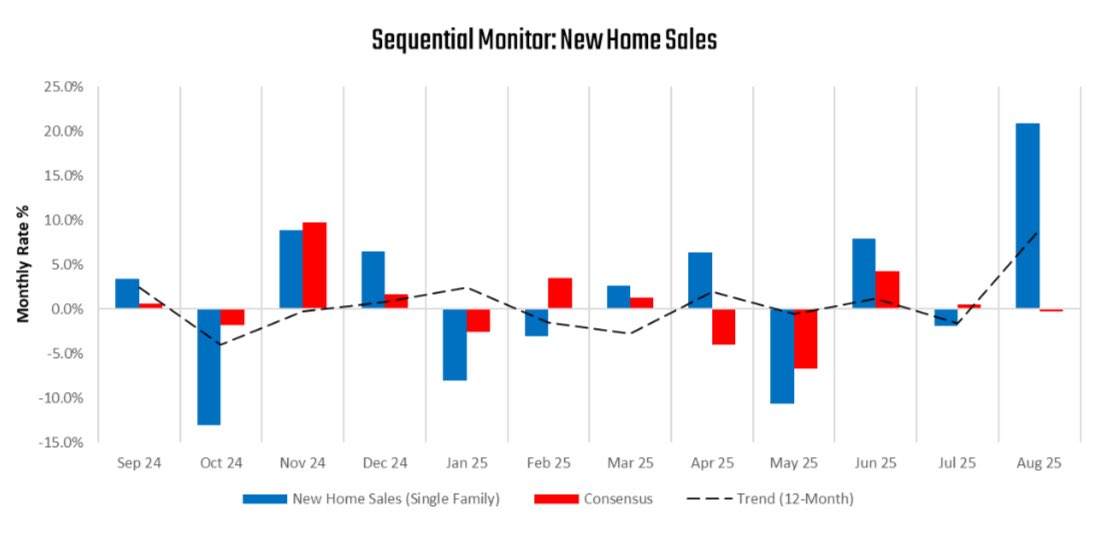🧵 Our Thoughts On $SPY :
1. Over May, the S&P 500 rose 0.87%, primarily driven by valuations. Earnings expectations & valuations contributed 0.13% & 0.74% to the 0.87% rise in markets. Below, we show the sequential evolution of market prices, along a decomposition:
1. Over May, the S&P 500 rose 0.87%, primarily driven by valuations. Earnings expectations & valuations contributed 0.13% & 0.74% to the 0.87% rise in markets. Below, we show the sequential evolution of market prices, along a decomposition:

2. Over the last year, the S&P 500 has been dominantly driven by valuations, with total returns rising by 1.03%. We show cumulative returns on the S&P 500 over the last year, decomposed into earnings expectations and valuations: 

3. We further decompose these yearly returns into their sector contributions. We begin by showing the primary drivers of the S&P 500. We show the top three drivers in blue (Technology, Financials, Industrials) & the bottom three in red (Consumer Disc., Healthcare, Energy): 

4. We drill down into these total returns by isolating the changes in earnings expectations. We show the top three drivers in blue (Consumer Staples, Utilities, Energy) and the bottom three in red (Financials, Consumer Discretionary, Technology): 

5. Finally, we examine the contributions of sectors to valuations changes. We show the top three drivers in blue (Financials, Technology, Industrials) and the bottom three in red (Energy, Healthcare, Utilities): 

6. Zooming back into the most recent month, we show the composition of the most recent strength in equity markets. We show the sector-wise composition of the most recent months’ returns, changes in earnings expectations, and changes in valuations below: 

7. Overall, current equity market gains remain lopsided. We think it is important to recognize that sustained gains at the current pace would require either increased valuations or improved growth expectations from sectors more connected to the real economy.
8. However, we have already highlighted the risk stagflation (-G +I) poses to equities. More specifically, recessions lead to nominal spending collapsing and inflation erodes value. Additonally, policymakers' hands are tied if inflation persists amidst profit contraction. 

9. Further details re 8. are shared in the thread below. To summarize our assessment of current conditions- the probability of a future recession is significant, and inflation is likely to be resilient.
https://twitter.com/prometheusmacro/status/1663561137496154112
10. This context is crucial in evaluating equity market trend strength and sustainability. S&P 500 trend measures remain elevated; however, playing current dynamics forward, there is a considerable chance that trend strength will weaken. We show our S&P 500 trend signal below: 

11. We think there is potential for this to continue the equity trend; either technology and related stocks need to continue to see expanding valuations & earnings expectations, or economically sensitive sectors need to see a significant improvement in earnings expectations.
12. Given the headwinds to growth, we think it is unlikely to see either of these outcomes— though further news related to AI may power this rally further.
13. At this stage in the economic cycle, it pays to stay cautious. Looking through our trend signals, there remains considerable dispersion within equity sectors, creating long-short opportunities beyond just beta timing. 

14. Therefore, we think being cautious on equity beta or being beta neutral probably makes the most sense here.
#equity #weakness #stagflation #Macro
#equity #weakness #stagflation #Macro
• • •
Missing some Tweet in this thread? You can try to
force a refresh


















